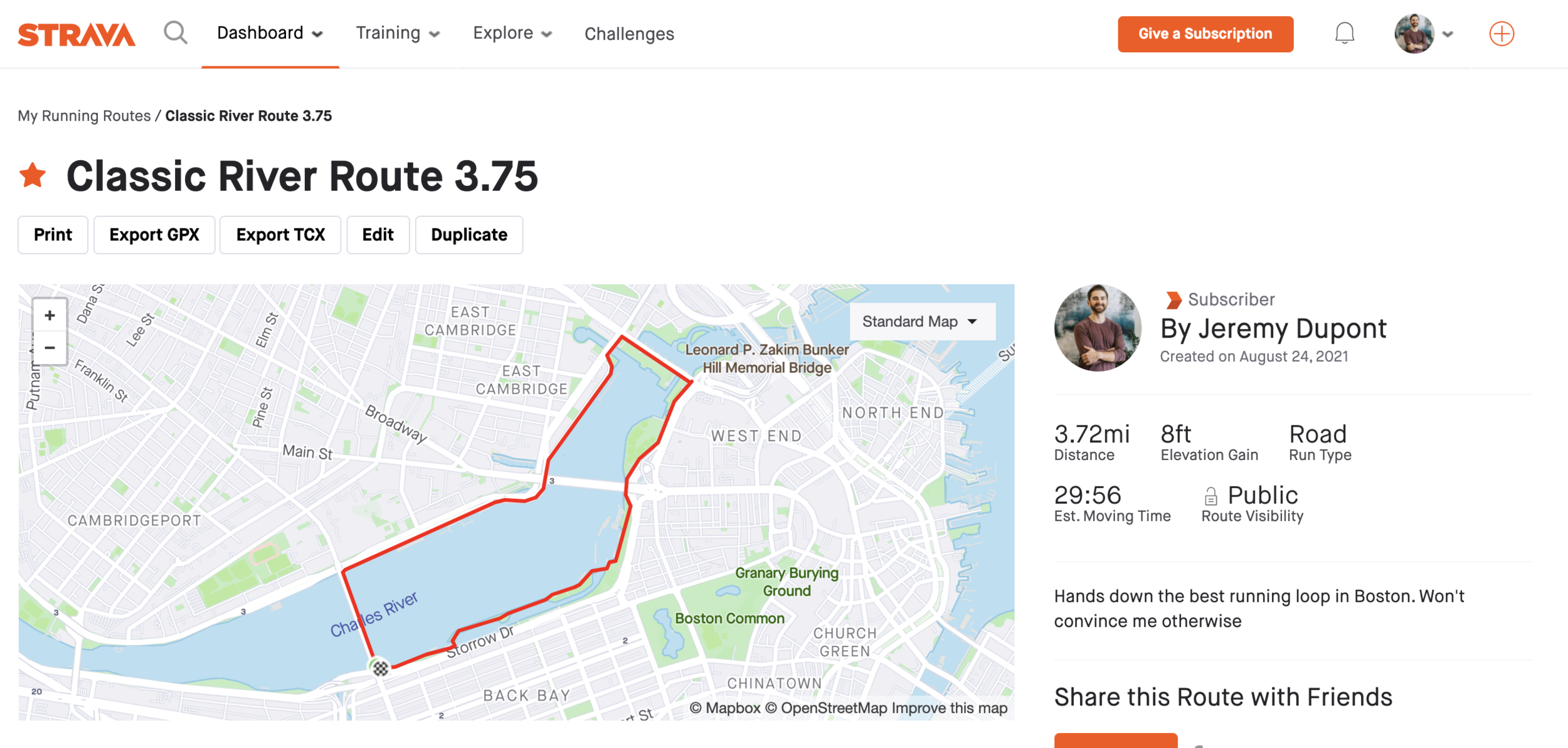4 Running Warmup Exercises You're Not Doing

In our Boston clinic, running injuries are the most common pain people have been dealing with.
People are going from sitting at a desk all day immediately into their running workout. As Physical Therapists, we BEG people to just give us a little warmup.
Running injuries occur for a number of reasons.
The main reason being the individual joints aren't properly warmed up to take the thousands of steps you're about to take in a high-impact fashion. You might do a few lunges, squats, or hip openers before you run, but you're missing the boat. Want to better your hip openers? Take our free runner's mobility class and watch the magic happen!
These exercises address each individual joint on their own. Even better, they help work full range of motion and end range of motion to help improve performance while keeping you injury-free.
Give these 4 exercises a try to prep for your next run.
Supine Belly Breathing
Lower back ever hurt when you run? Do these.
Setup: Laying on your back, tuck your pelvis underneath and press your lower back into the ground
Action: Start by driving your heels into the ground, turning your hamstrings on. Taking a big exhale, expand your rib cage 360 degrees for a 4s count. Then, take a big, forceful exhale while driving the rib cage down and lower back harder into the ground.
Key Tips: On the exhale, try to bring your rib cage as close to the front of your pelvis as possible
Progression: Put a yoga block between your knees and add a squeeze.
Side-Lying Hip CARs
Running happens in the linear plane, break that pattern with controlled articular rotations.
Setup: Laying on your side, start with your hips and knees at 90 degrees. Create total body tension by holding your arms out straight and hands clasped.
Action: Start by moving the top leg into flexion. Once the leg gets to your chest, bring your knee and foot up towards the ceiling. Keeping the knee bent at 90 degrees, kick your foot back behind you and finish by dropping the leg back to the starting position
Key Tips: Keep your hips stacked on top of each other to ensure just your hip is moving.
Progression: Add an ankle weight!
2 Position Tibial Rotations
Most knee injuries occur when the knee can’t rotate. Running is no different. Prep your run with these knee rotational movements.
Setup: In the seated position, bring your hip and knee close to your chest, dig your heel into the ground and flex the ankle up towards the shin.
Action: Start the motion by ensuring that you're JUST moving through the shin -- this is easiest by grabbing onto the thigh. Digging the heel into the ground helps turn the hamstring on; from there let the shin bone rotate from side to side. Use the hamstring and upper calf to achieve this motion
Key Tips: Once you hit end range, try and press through it
Progression: Try this from different angles of the hip and knee flexion
Ankle Dorsiflexion PAILs RAILs
Your ankles take a beating during running — prep the running stride by warming up both sides of the ankle with this exercise.
Setup: In the half-kneeling position, track your knee as far forward as you can without the heel lifting off the ground. You should feel this in your calf/Achilles area.
Action: Hold the stretch for 2 minutes. Keeping that position — the first contraction is to press your foot down into the ground by ‘pressing a gas pedal down’. This turns on the backside of the ankle and calf area. Do this for 10s. Then, without moving, try to pull your foot off the ground (it shouldn’t move) by using your shin muscles
Key Tips: Make sure you find end range of motion on the initial stretch
Progression: Add another set immediately you do one
Before you set off on your next run, give these a shot.
Have other pain while running? Can't seem to find a groove with your running routine or the perfect running route? Just all-around hate running? Want to up your running game? We help with all of those, and more. Book your call today to talk through running woes, how to build running stoke and if you're really over it other ways to add in cardio to your routine.
Cheers,
Jeremy


